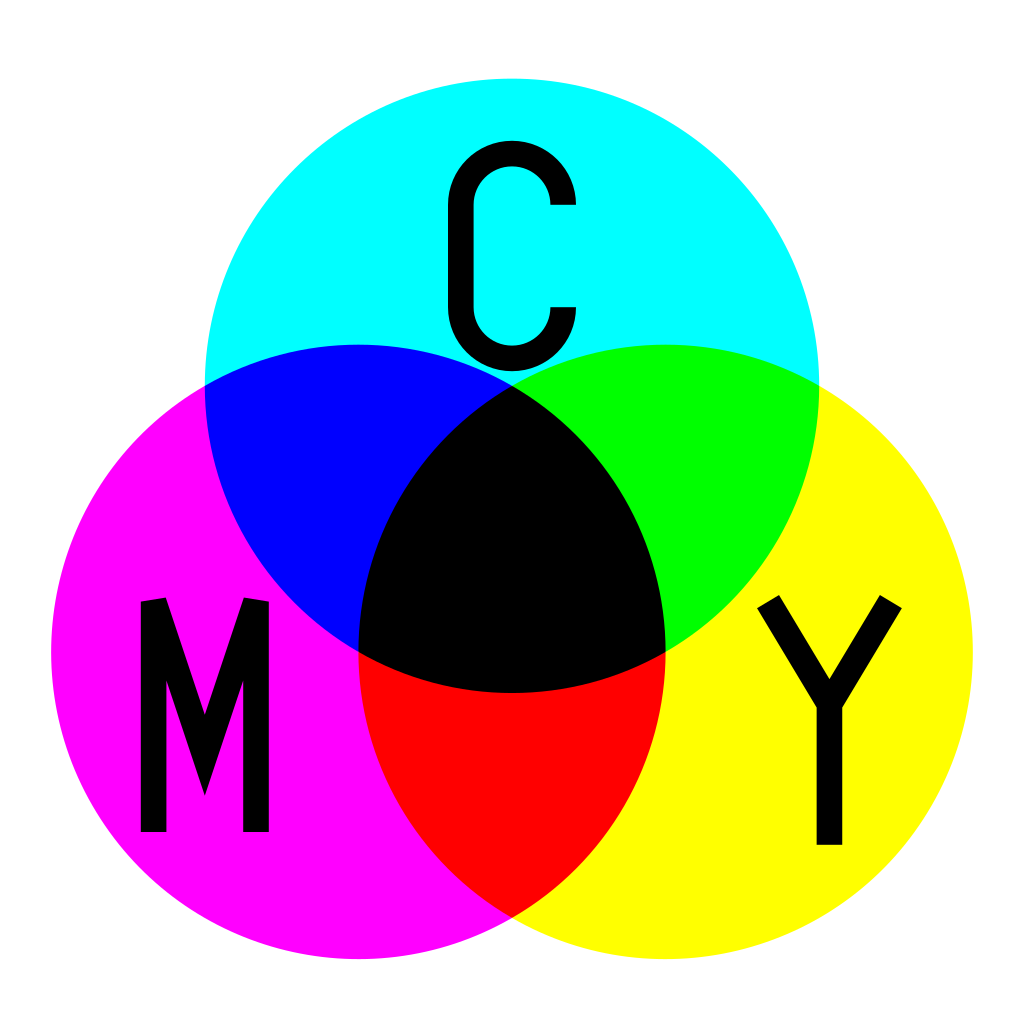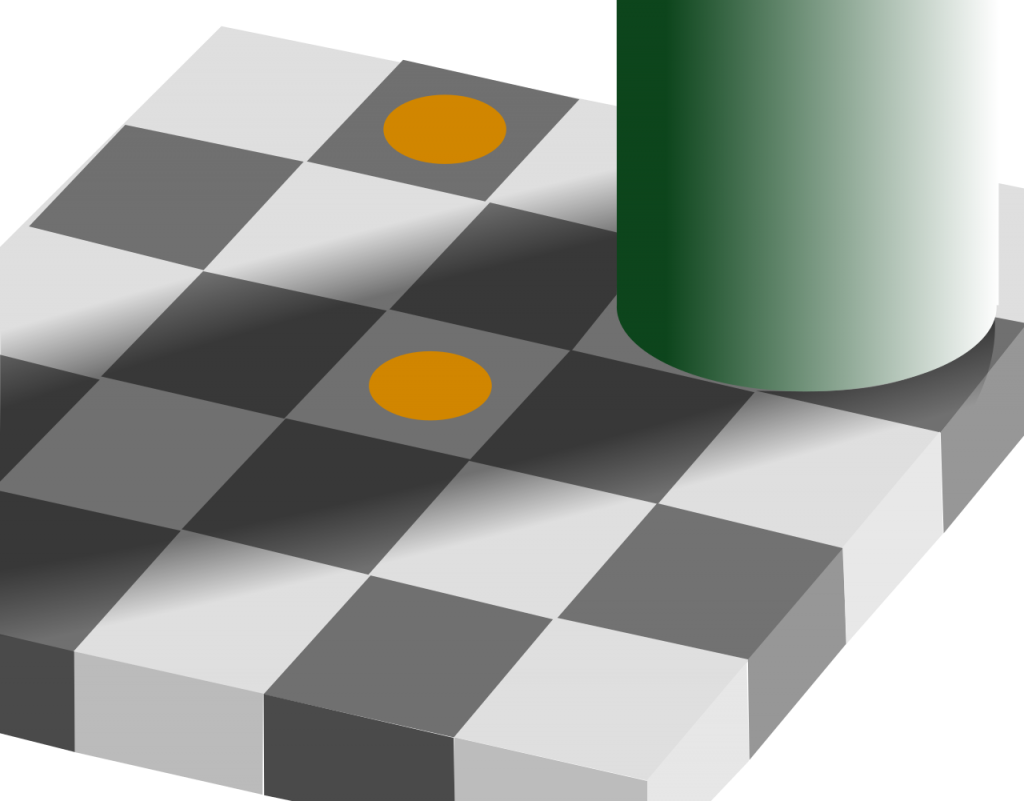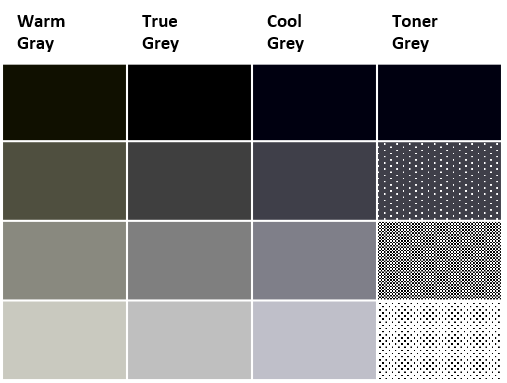

Use our online designer studio to create your own personalised flyers, business cards, greeting cards and more.
Order NowWhen it comes to professional printing and advice on your business marketing, we are the team to call! You can call us direct on 04 568 8773 or fill in our quote form.
Request a Quote
How can we be saying that magenta doesn’t exist? We have talked about CMYK (Cyan, Magenta, Yellow and Key) in the past as one of the primary printing colours. Yet we now say that it isn’t a real colour. What’s going on? Hold on to your hats folks as it gets even worse, brown isn’t a ‘natural’ colour either, but grey is both a colour and not a colour too. Welcome to the world of printing where sciences of physics, chemistry, and biology collide.
So let’s start with the big one, the statement that Magenta isn’t a colour. We can see magenta, and the graphic at the top of this article has the colour in it. The thing is, magenta in the world of physics and especially in the electromagnetic spectrum doesn’t exist. Have a look at the chart below showing the visible light colour spectrum

See how the visible spectrum starts off at red and ends at violet, there is no magenta. This is a visible light spectrum and if you go off the red end you end up in infrared or off the violet end into ultra violet both of which people can’t see. So how do we see magenta?
It’s a product of the mind. What we call magenta is a mixture of blue and red but because there is no naturally occurring colour of light for it, our brain creates a new colour which we call magenta. This is demonstrated by the image below where the red and blue lights overlap and we get the ‘purplish-red’ we call magenta. This is why we call RGB additive colour because as you add more intensity and colours to the mix the whiter it becomes.

So why do we use Magenta in printing if it’s not a natural colour. Printing uses subtractive colour which means that the less intense or dense a block of colour is the whiter and lighter it becomes. Since we are printing on white paper we have to add more colour to make things darker. Making the colour Red needs magenta and yellow, while Blue needs magenta and cyan. As demonstrated by the image on the right.
So what about brown not being a ‘natural’ colour? Brown is everywhere in nature, it’s one of the main colours. This is all true, when we say natural, we mean in a sense that it’s not an easily created pigment for printing or colour mix on a computer screen.

For painting pigments they normally add black to an orange to darken it to a brown. On computer screens it’s a very low brightness red-green combination making it a very dark yellow. For us printers we have to use either a mixture of magenta-yellow-black or cyan-yellow-magenta. When you mix more than two of the primaries together in a colour block you can suffer from colour shift. Colour shift happens as the way a printer mixes dots of the five available colours (the unprinted white being the fifth one) can effect how it appears to the eye. Just by changing the process of how the printer lays down the pattern of the dots can cause a noticeable effect on the colour. Even colours around the ‘brown’ can change how it looks. The image to the left features a brown and orange dot on the grid, but in fact they are both the same shade of orange but the upper one appears brown because it’s on a dark grey square.

Lastly let’s talk about grey. Grey isn’t just a colour with a shade, it’s over two hundred different shades and tones of colour. While you might think it’s just a mixture of white and black, you can mix other colours into it and create a wide range of them. Generally they can be broken down into loose groups of shades. The most common groups are: true greys that are a pure mixture of white and black, warm greys which have a yellow tint to them, cool greys which have a blue tone to them. For printers there’s another which I call toner greys which rely on different densities of black dots to make the shades. Examples of each can be seen on the right. Another grey issue for printers is the rich and true black problem. If you looked at the CMY colour spots further up the page, you can see that black can be made by using all three printing primaries. This is called a Rich Black as it ‘rich’ or oversaturated in ink and results in it looking more like the top most block of the warm or cool grey of the grey chart and not a true black. To avoid this problem, and to give more colour tones to the primaries, printers have the K or Key colour which is a True Black. Not only does it reduce the cost of printing by minimising the amount of ink being used, it also ensures more accurate colours.
So there you go, magenta doesn’t exist on the light spectrum but we see it because our brain makes it up for us to understand a mixture of red and blue. Brown is a natural colour that is very hard to make artificially and tends to change shade depending on what colour is around it. Greys are not black but lots of different colours with black in them, except for true greys that are often faked by using black dots. And we have Key (black) in CMYK printing because if we don’t black isn’t really black.
(All images in this article apart from the header and greys graphic are from Wikipedia and used under creative commons)